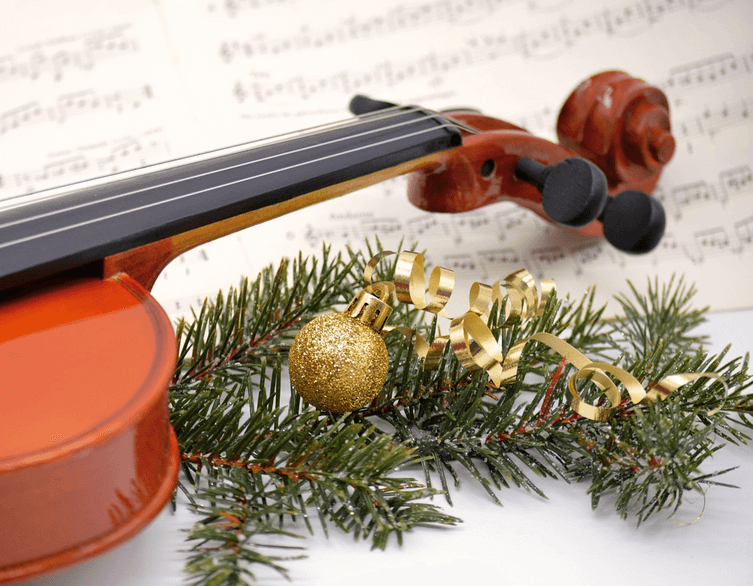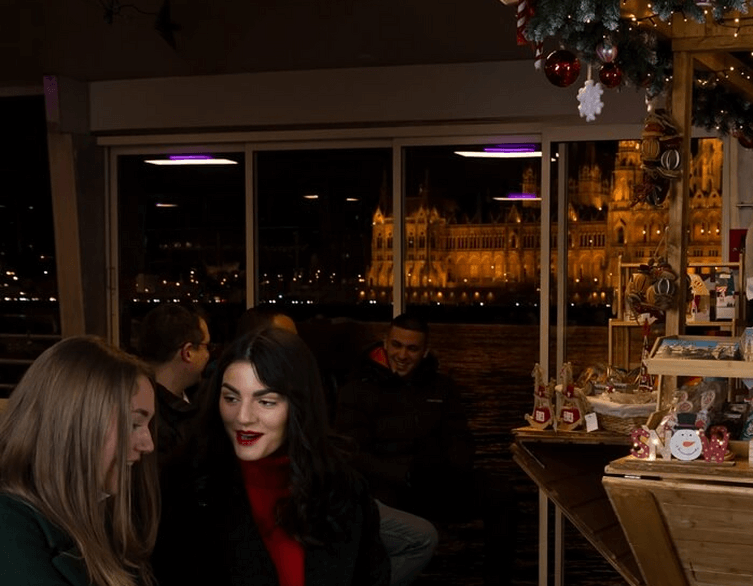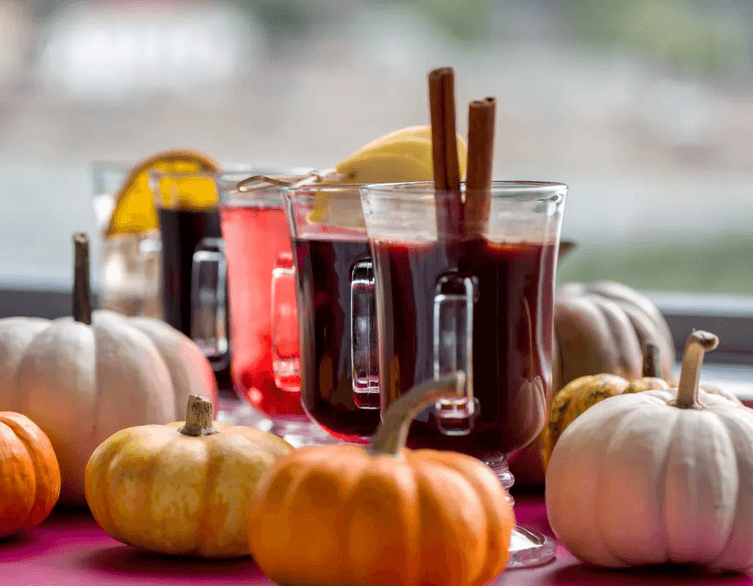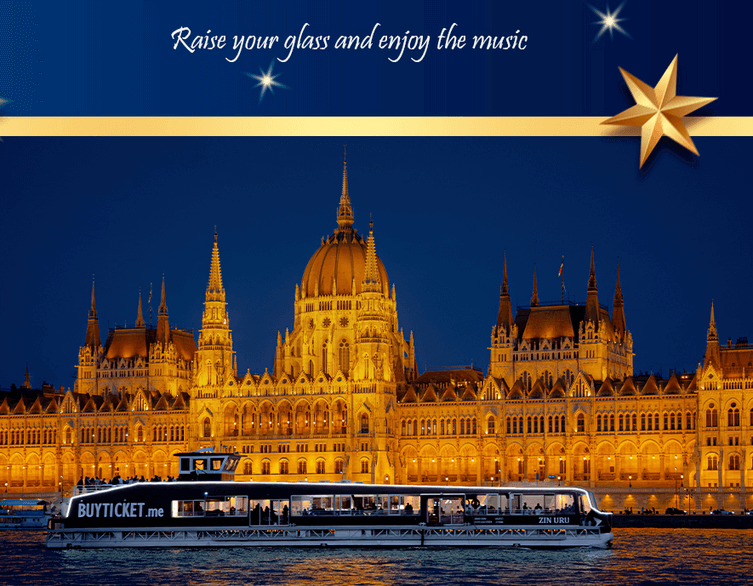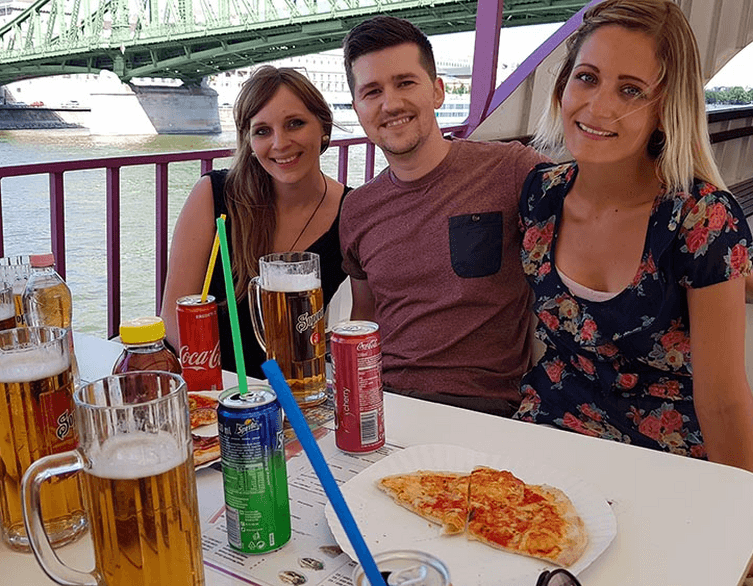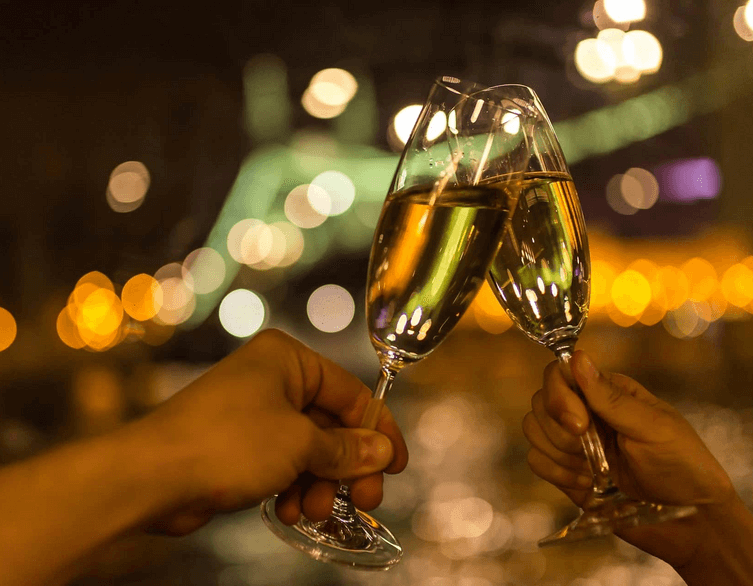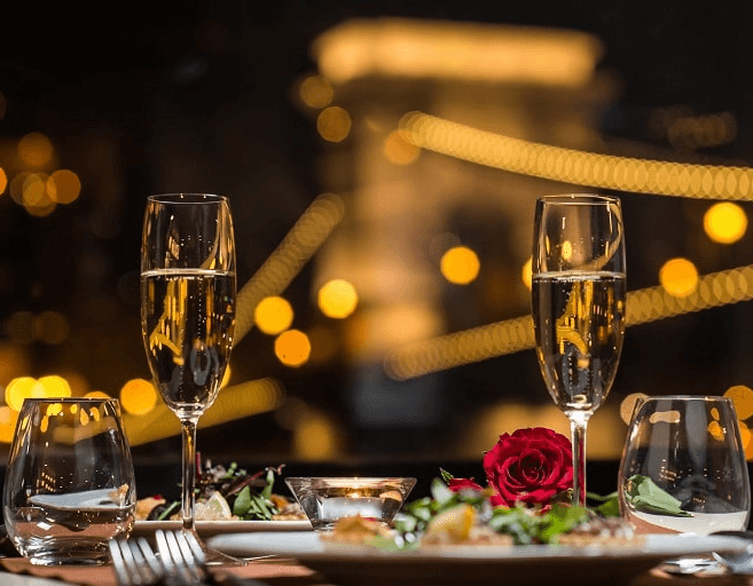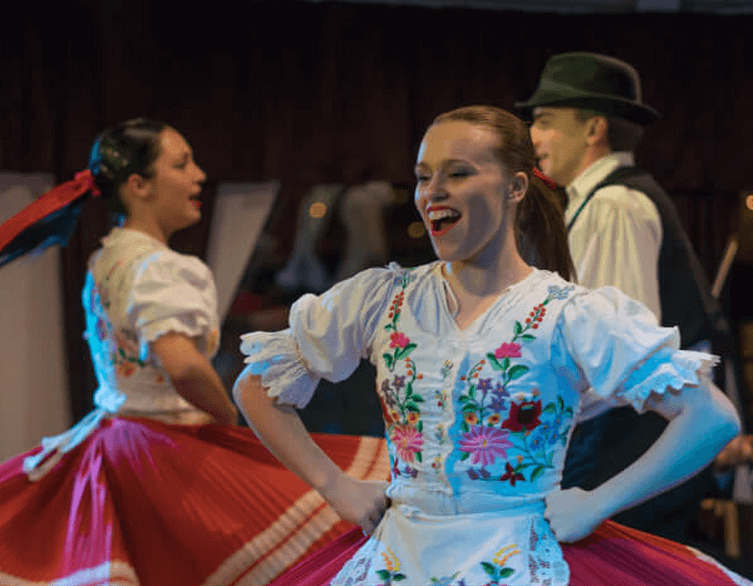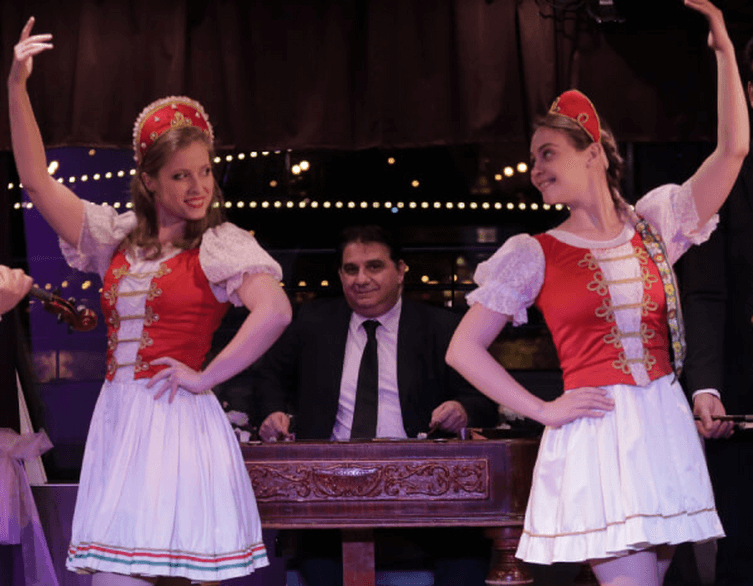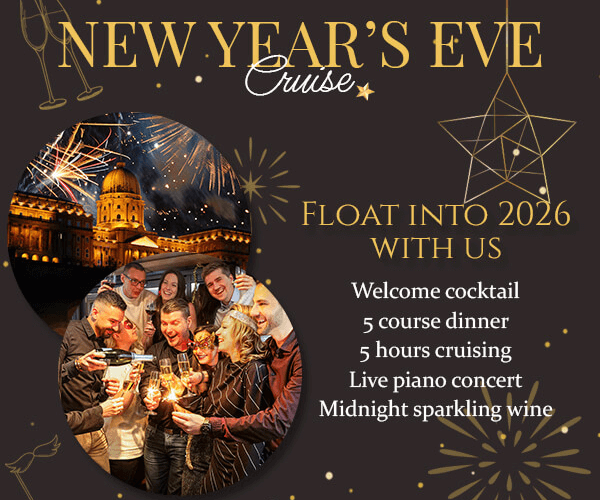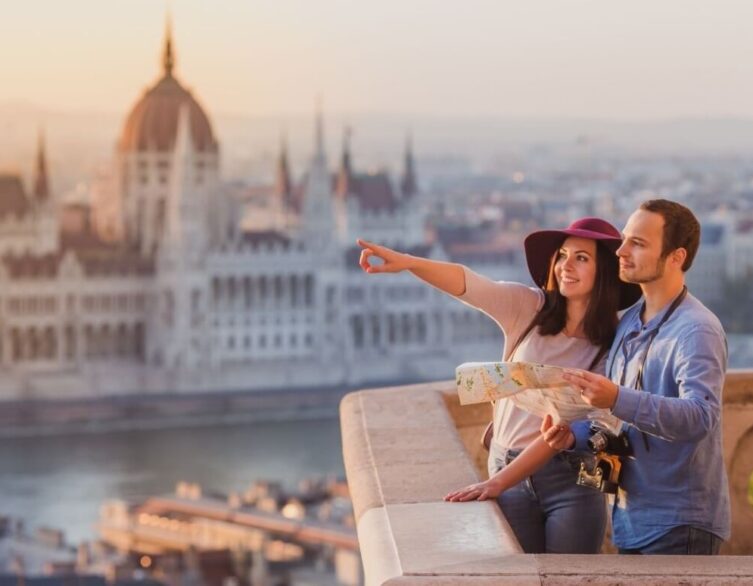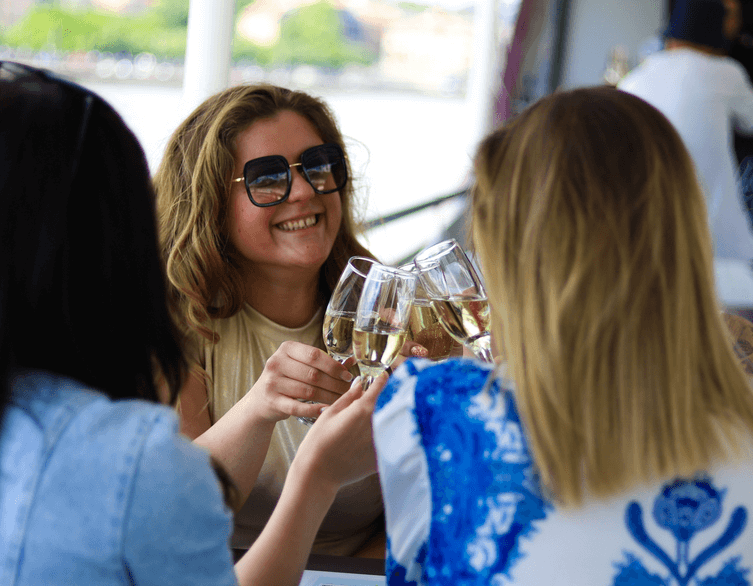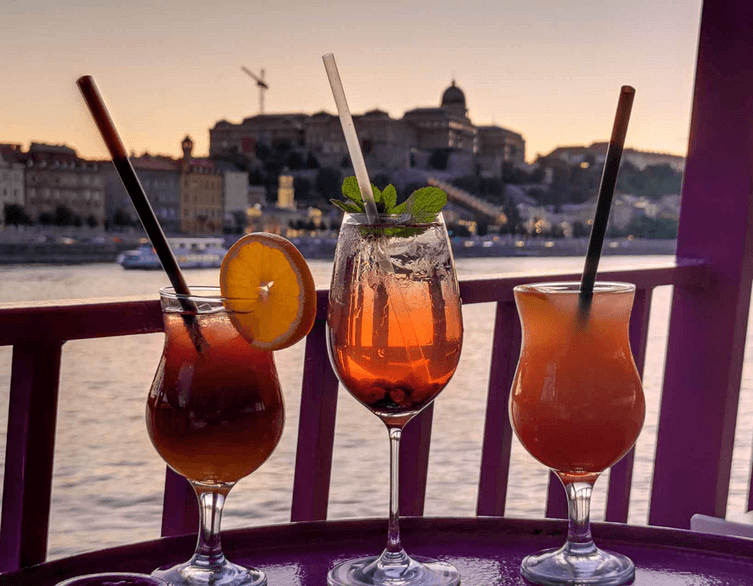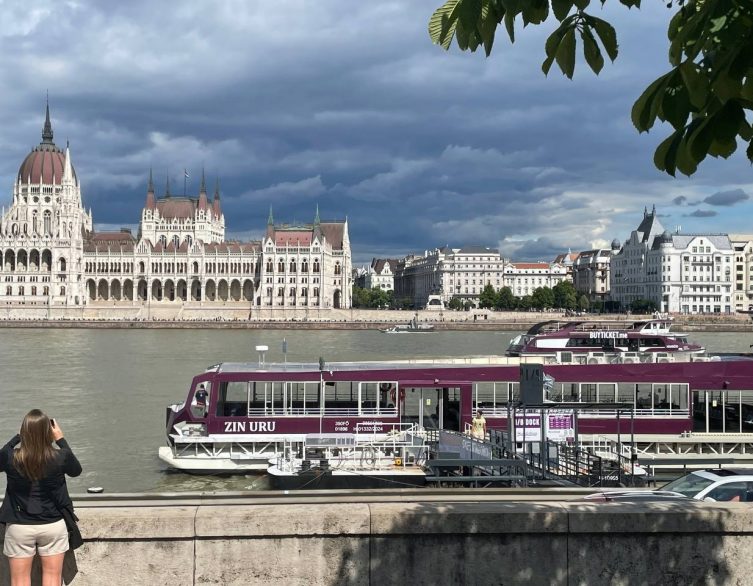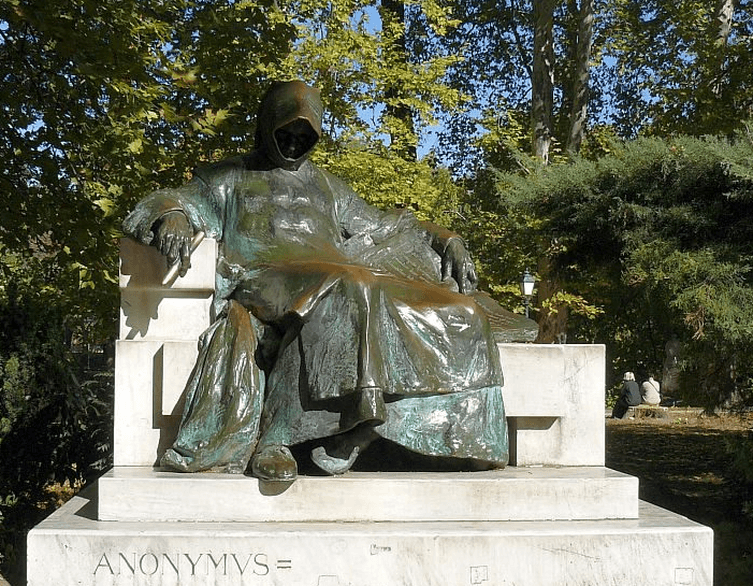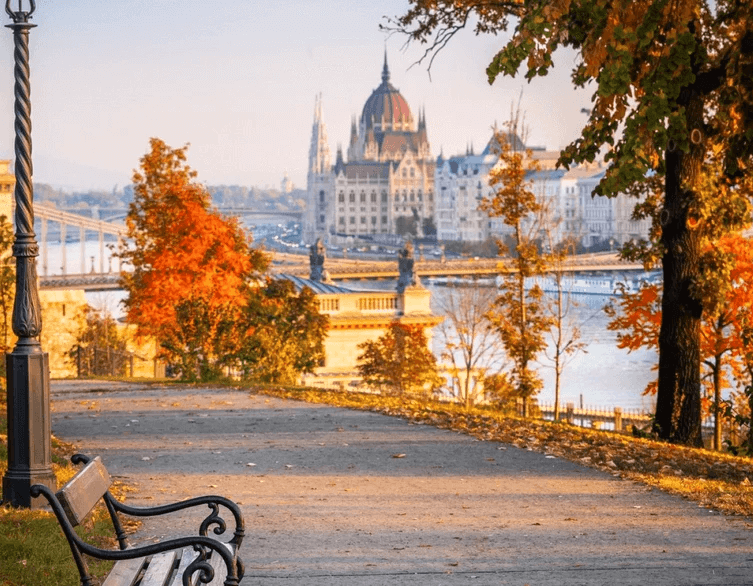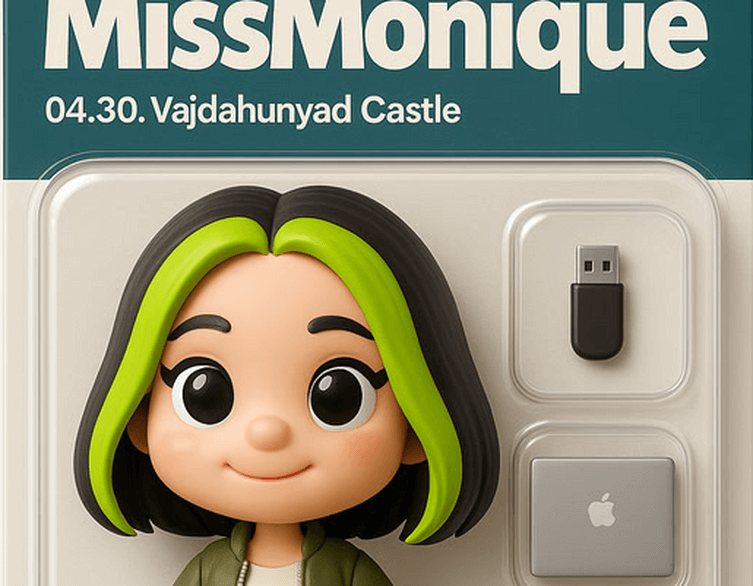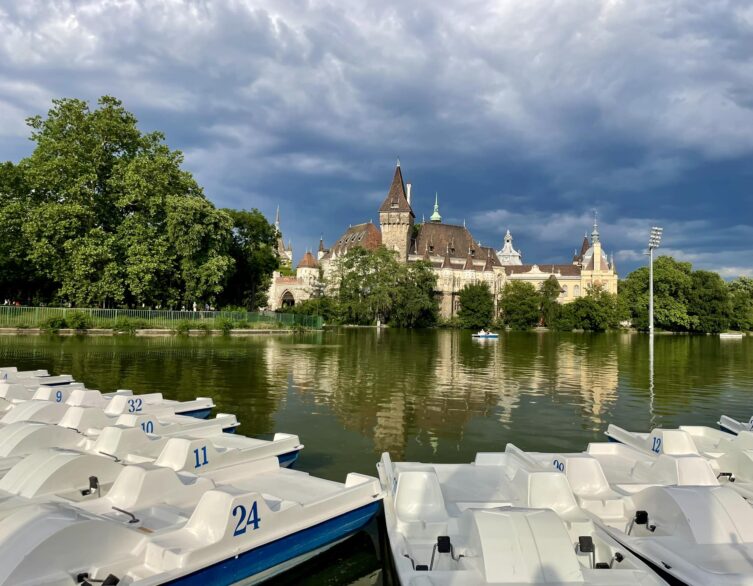Vajdahunyad Castle, a Unique Mix of Architectural Styles
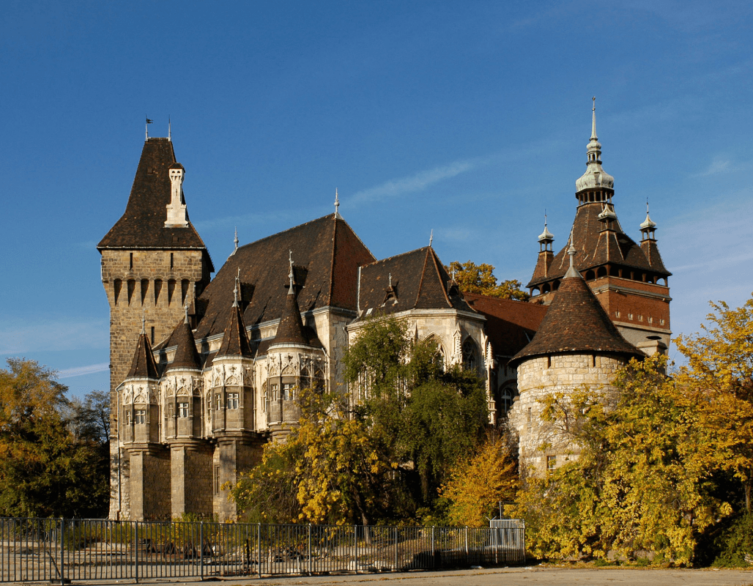
Vajdahunyad Castle, officially known as the Historical Building Complex, is a stunning architectural masterpiece located in the City Park. Designed by architect Ignác Alpár, the castle sits on the Széchenyi Island of the City Park Lake and can be accessed via four bridges. Originally built as a temporary structure for the 1896 Millennial Exhibition to showcase Hungary’s 1000-year history, it was later rebuilt using permanent materials between 1902 and 1908 to house the Hungarian Agricultural Museum.
Architectural Significance
The Vajdahunyad Castle, officially named the Historical Building Complex, is a remarkable architectural ensemble located in Budapest’s City Park (Városliget). Designed by architect Ignác Alpár, the castle was originally built in 1896 as part of the Millennial Exhibition celebrating the 1000th anniversary of the Hungarian conquest of the Carpathian Basin.
What makes the Vajdahunyad Castle architecturally significant is its unique blend of various historical architectural styles found in Hungary. The complex consists of pavilions built in Romanesque, Gothic, Renaissance, and Baroque styles, showcasing replicas of several iconic buildings from different parts of the medieval Kingdom of Hungary. The most recognizable part is the replica of the Hunyad Castle in Transylvania, from which the complex gets its popular name.
Originally constructed from cardboard and wood, the castle proved so popular that it was rebuilt from 1899 to 1908 using more durable stone and brick in a Neo-Gothic style. Today, it houses the Hungarian Agricultural Museum.
Some notable elements of the Vajdahunyad Castle include:
- The Jáki Chapel, modeled after the abbey church of Ják
- A Romanesque cloister with replicas of Árpád-era pillars and capitals
- The Gatehouse or Archer’s Gate flanked by the Segesvár and Tompa towers
- The Gothic building group with elements inspired by the Hunyad Castle and the Zápolya Chapel in Spišský Štvrtok
- Renaissance and Baroque parts featuring a mix of Austrian Baroque, German Renaissance, and French Renaissance styles
The castle grounds also feature statues of notable figures like Béla Lugosi, the Hungarian-American actor famous for portraying Count Dracula, and Anonymous, the 12th-century notary and chronicler of King Béla III.
Best deals of Budapest
As a free-standing structure artfully combining various architectural styles, the Vajdahunyad Castle offers visitors a unique journey through Hungary’s rich architectural history in a single location.
Cultural Significance
The castle complex is situated on Széchenyi Island in the middle of the park’s lake and is accessible via four bridges. Its current, colloquial name comes from the Transylvanian Vajdahunyad Castle, which served as the model for the main facade facing Heroes’ Square. This facade is reminiscent of the Gothic style and pays homage to the residence of János Hunyadi, the legendary 15th-century governor of Hungary.
The castle is composed of a series of pavilions built in different architectural styles: Romanesque, Gothic, Renaissance, and Baroque. These pavilions are replicas of several iconic buildings from various parts of the medieval Kingdom of Hungary. The Romanesque part features the Ják Chapel, whose design is based on the abbey church of Ják. The Gothic section includes the Nyebojsza Tower, inspired by the tower of the same name at Vajdahunyad Castle in Transylvania, and the Hunyadi Courtyard with its Italian-style loggia depicting reliefs of King Matthias and his wife, Beatrice of Aragon.
The Renaissance and Baroque sections showcase a blend of architectural elements from Transylvania, Austria, and Germany. The main entrance to the Hungarian Agricultural Museum is located in the Baroque wing, with its dome modeled after the Károly Gate in Gyulafehérvár (now Alba Iulia, Romania).
After the Millennial Exhibition, the castle was rebuilt using durable materials between 1902 and 1908 to serve as the home of the Hungarian Agricultural Museum, one of the oldest and largest agricultural museums in Europe. The museum’s collections cover the history of agriculture, forestry, hunting, fishing, viticulture, and animal husbandry in Hungary.
The castle grounds also feature the statue of Béla Lugosi, the Hungarian actor best known for his portrayal of Count Dracula, and the statue of Anonymous, the 12th-century chronicler and notary of King Béla III.
The Vajdahunyad Castle is not only a popular tourist attraction but also a symbol of Hungary’s rich architectural heritage and cultural history. Its unique blend of styles and its role as a museum dedicated to the country’s agricultural past make it a must-see destination for visitors to Budapest.
Provided Services
Vajdahunyad Castle is a unique architectural complex that currently houses the Hungarian Agricultural Museum. Foreign tourists visiting the castle can take advantage of the following services and attractions:
- Museum Exhibitions: The Hungarian Agricultural Museum, one of the largest agricultural museums in Europe, showcases the history and development of agriculture, forestry, hunting, fishing, viticulture, animal domestication, and more through its nine permanent exhibitions and various temporary displays. Visitors can explore an extensive collection spanning over 100 years.
- Tower Tours: Guests can enjoy panoramic views of Budapest and the castle complex by participating in guided tours of the Kaputorony (Gate Tower) and the Apostolok tornya (Apostles’ Tower). The Kaputorony offers a historical photo exhibition about the castle, while the Apostolok tornya provides a stunning cityscape from its 150-step-high vantage point. Tours are available in English and Hungarian.
- Castle History Walks: Visitors can join guided walks to learn about the fascinating history and architectural features of Vajdahunyad Castle, which was originally built for the 1896 Millennial Exhibition to showcase the evolution of Hungarian architecture over 1,000 years.
- Event Venue: The castle’s beautiful setting makes it a popular venue for concerts and other cultural events held in its courtyards and halls.
- Statue Park: The castle grounds feature statues of notable Hungarian figures, including Anonymous, the famous 12th-century chronicler, and Béla Lugosi, the renowned Hungarian actor best known for his portrayal of Count Dracula.
- Accessibility: Vajdahunyad Castle is easily accessible by public transportation, with nearby metro, bus, tram, and trolley stops. Parking is available for a fee in the surrounding area.
The castle is open Tuesday through Sunday from 10:00 AM to 5:00 PM, with special opening hours on public holidays. Admission to the museum is free for children under 6, EU citizens over 70, visitors with disabilities and their escorts, and on select family days. Guided tours and tower visits have separate fees. By offering a range of educational and recreational services, Vajdahunyad Castle provides an enriching experience for foreign visitors looking to explore Hungarian history, culture, and architecture.
House Rules
To ensure a pleasant and safe experience for all visitors, please observe the following house rules during your visit:
- Admission: Tickets can be purchased at the main entrance. Discounted rates are available for students, seniors, and groups. Children under 6 years old can enter free of charge.
- Behavior: Please be respectful of the castle’s historical significance and other visitors. Refrain from touching exhibits, climbing on structures, or engaging in disruptive behavior. Children must be supervised by an adult at all times.
- Photography: Photography for personal use is permitted throughout the castle grounds and museum. However, the use of tripods, selfie sticks, and flash photography may be restricted in certain areas. Commercial photography requires prior authorization.
- Dress Code: While there is no strict dress code, visitors are encouraged to dress appropriately for the weather conditions and the castle’s historical setting.
- Food and Beverages: Eating and drinking are not allowed inside the museum buildings. Picnicking is permitted in designated outdoor areas, but please dispose of any trash in the provided receptacles.
- Smoking: Smoking is strictly prohibited inside the castle buildings and museum. Designated smoking areas are located outside.
- Pets: Only service animals are permitted inside the castle and museum. All other pets must remain outside.
- Accessibility: Most areas of the castle are accessible to visitors with limited mobility. However, due to the historical nature of the buildings, some areas may have restricted access. Please inquire with the staff for assistance and information on accessible routes.
- Guided Tours: Guided tours in English and Hungarian are available for an additional fee. Inquire at the ticket office for tour times and prices.
By following these house rules, you contribute to preserving the beauty and historical integrity of Vajdahunyad Castle for future generations. The staff is available to answer any questions and provide assistance throughout your visit. We hope you enjoy exploring this remarkable piece of Hungarian history and architecture.
Opening Hours
- The Hungarian Agricultural Museum is open Tuesday to Sunday from 10:00 am to 5:00 pm. Closed on Mondays.
- The Gate Tower is open Monday to Sunday from 9:00 am to 7:00 pm. Last ticket sale is 15 minutes before closing.
- The Apostles’ Tower tours depart hourly during the museum’s opening hours. Last tour starts one hour before closing.
On public holidays (Good Friday, Easter Sunday, Easter Monday, May 1, Pentecost Sunday, Pentecost Monday, March 15, August 20, October 23) the museum and towers are open. They are closed on January 1, November 1, and December 24-26.
Note
- The drawbridge at the Gate Tower is decorative only and cannot be raised or lowered.
- The last ticket sale at the Gate Tower is 15 minutes before closing time.
- Tour schedules are subject to change, so please check the museum website for current information before your visit.
Getting There
Vajdahunyad Castle is located in the City Park (Városliget) of Budapest, on Széchenyi Island in the middle of the park’s lake. The castle can be accessed via four bridges that lead to the island.
Public Transportation
The castle is easily reachable by public transportation:
- Take the M1 metro line and get off at the Széchenyi fürdő stop
- Take bus 20, 30 or 105
- Take trolleybus 70, 72, 75 or 79
- Take tram number 1
Parking
Paid parking is available near the castle at the parking lot next to Városligeti krt. 1. Check parking fees at zugloparkolas.hu. Please note that driving into the castle grounds requires a special permit issued by the Budapest Transport Center (BKK).
Nearby Attractions
Vajdahunyad Castle is surrounded by several other notable attractions that are worth visiting:
- City Park (Városliget) – Vajdahunyad Castle is situated within Budapest’s largest public park, which offers a variety of recreational activities, green spaces, and cultural attractions. Visitors can enjoy leisurely walks, picnics, or simply relax in the beautiful surroundings.
- Széchenyi Thermal Bath – Located just a short walk from the castle, the Széchenyi Thermal Bath is one of the largest thermal bath complexes in Europe. It offers a unique experience with its indoor and outdoor pools, saunas, and spa treatments.
- Heroes’ Square (Hősök tere) – This iconic square is situated at the main entrance of City Park, featuring the Millennium Memorial, which commemorates the 1,000-year history of Hungary. The square is flanked by the Museum of Fine Arts and the Palace of Art (Műcsarnok).
- Budapest Zoo & Botanical Garden – The zoo is one of the oldest in the world and is home to over 1,000 animal species. It also features a beautiful botanical garden with a wide variety of plant species.
- Vajdahunyad Castle’s Boating Lake – The castle is surrounded by a picturesque boating lake where visitors can rent rowboats or pedal boats during the summer months. In winter, the lake transforms into an ice skating rink, offering a unique experience with the castle as a backdrop.
- Anonymus Statue – Located within the castle grounds, the statue depicts the anonymous notary of King Béla III, who is believed to have written the oldest surviving chronicle of Hungarian history, the Gesta Hungarorum.
- Béla Lugosi Statue – Also within the castle grounds, visitors can find a bust of Hungarian-American actor Béla Lugosi, best known for his portrayal of Count Dracula in the 1931 film.
These attractions, combined with the architectural beauty and historical significance of Vajdahunyad Castle itself, make this area a must-visit destination for tourists exploring Budapest.
Summary
Vajdahunyad Castle is a must-visit destination for anyone interested in architecture, history, or agriculture. Its unique blend of architectural styles, cultural significance, and picturesque setting make it one of Budapest’s most beloved landmarks. Whether you’re exploring the Hungarian Agricultural Museum, taking in the views from the towers, or simply admiring the castle’s exterior, Vajdahunyad Castle offers a fascinating glimpse into Hungary’s rich past and present.
Related news
Related events


